
Hit Makers
The Science of Popularity in an Age of Distraction
From HIT MAKERS by Derek Thompson. Summarized by arrangement with Penguin Press, an imprint of Penguin Publishing Group, a division of Penguin Random House LLC
ISBN: 9781101980323
Pages: 344
Recommendation
Atlantic magazine senior editor Derek Thompson investigates the science, psychology and economics of “hit making” – the process of gaining mass popularity in this chronically distracted digital age. Culturally omnivorous, Thompson explores painting, music, film, television and even websites. He reaches back in history to enduring “hits” like Johannes Brahms’s beautiful lullaby “Wiegenlied” and Claude Monet’s sumptuous oil painting “The Japanese Footbridge.” Thompson argues in detail that in the cultural marketplace, mass popularity isn’t a function of quality but of a combination of social context, economics and ancient human psychology. The only major flaw in Thompson’s approach is his diffuseness. Offering a handful of theses, Thompson roams through and reports on pop music, rock, rap, politics, film, television, the media and the Internet, shifting historical eras as he goes. His plethora of facts and ideas may inundate you. getAbstract recommends this well-written, entertaining overview to people in the culture industry and those fascinated by how a song, a movie, work of art or website becomes a blockbuster hit.
Summary
About the Author
Derek Thompson is senior editor at The Atlantic and a weekly news analyst for NPR’s Here & Now radio program. He has appeared on Forbes magazine’s “30 Under 30” list and Time magazine’s 140 Best Twitter Feeds.








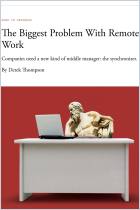

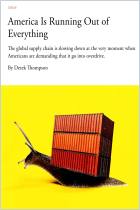



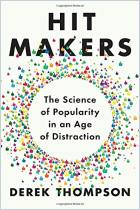


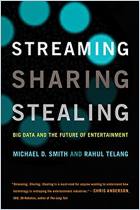
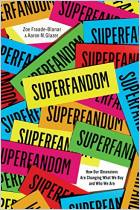
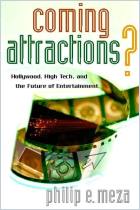



Comment on this summary